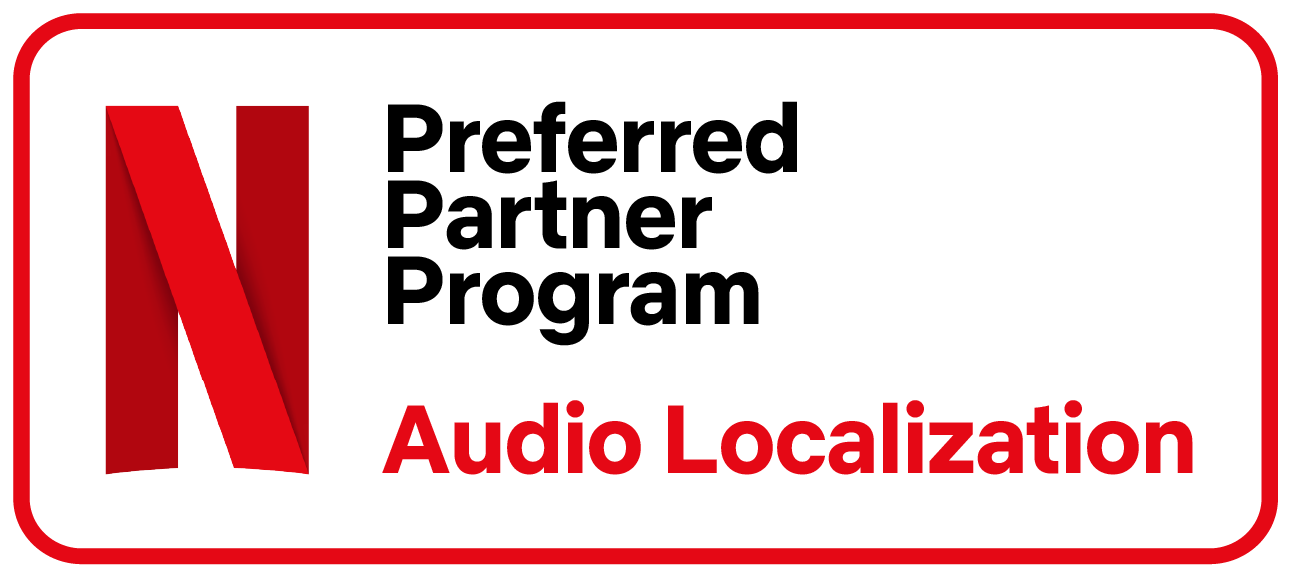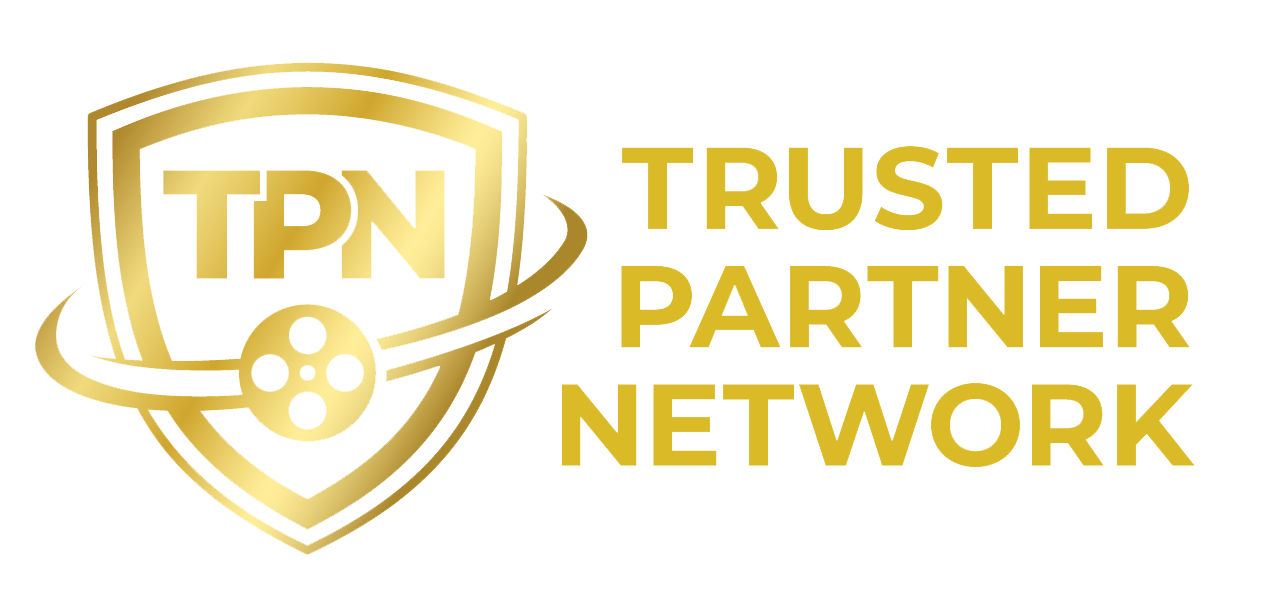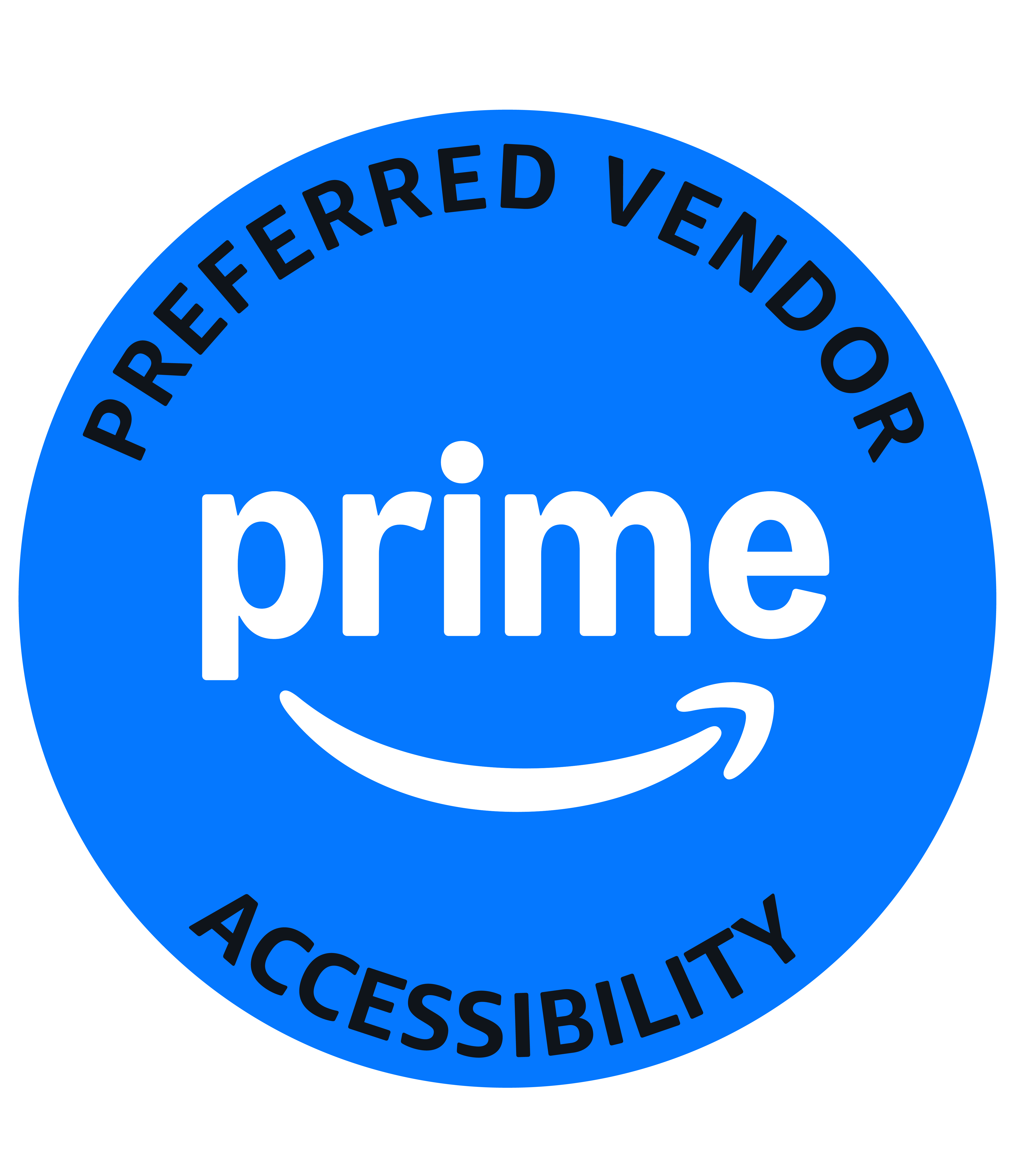
By Julie Anne Wight, freelance Audio Description writer
I struggle with migraines, and when I get a bad one it can impact me for days. My migraines manifest in extreme photosensitivity, leaving me unable to open my eyes. During one of these periods I discovered Audio Description, or AD. A new streaming series had debuted, and it was one that I had waited months to watch. One evening I was lamenting to my roommate that everyone I know will have binged the entire season by the time my migraine resolved, and I wouldn’t be able to avoid the spoilers. My roommate suggested that I turn on the show’s Audio Description. I had never heard of AD at the time, but it soon became a very big part of my life.
As an AD audience member, I began to understand and appreciate the nuances of the craft. I am also a film and TV writer, and it seemed like writing AD had a lot in common with the style of writing that I had been trained in, so I began researching opportunities to become an AD writer. In my first freelance AD writing position, I realized there was indeed commonality between screenwriting and AD writing.
Screenplays are blueprints for film and television, and a script’s action lines translate into filmable action that appears on screen. The description of action may include what is seen and heard, but it shouldn’t tell the reader what a character is thinking or feeling. Why? Because the description won’t make its way to the audience. However, if the character is written as taking an action that expresses an emotion, how they feel can be inferred. If a sighted person watches the scene and sees someone punch a wall or stomp out of a room, they will understand the underlying emotion of the character.
Great Audio Description also relies on this “show, don’t tell” technique, except in the case of AD the “show” offers a descriptive narrative that provides key information about the visual content and elements on screen, such as settings, facial expressions, costumes, and characters’ physical actions. The “don’t tell” refers to the fact that a good AD writer will not summarize or bring their own analysis to the scene but instead allow the AD to provide a low vision or blind audience the information needed to fully experience and contextualize necessary story details.
Audio Description differs from screenwriting because of its constraints. There is often limited time to describe what is happening on screen between the dialogue, music, and other important audio. Those short breaks are when the action and visual content can be described. While these parameters can sometimes feel limiting, they exercise a creative muscle with which many writers struggle - efficiency. An AD writer must be focused on what is the most important story-specific visual information in a scene. This often involves multiple viewings of a program, with careful assessment of shots, props, and action.
As a result of my AD work, I have found my own scripts for film and TV have become more efficient, focused on the essential details, and they more effectively communicate emotion through the action. I have also found that I now have a deeper appreciation for the filmmaker, the material, and their intent.
While filmmakers are not typically involved in the Audio Description process, AD plays a huge role in the story for low-vision and blind audiences. If a film has non-stop dialogue over important visuals, it can be hard to find time to describe what is happening. This could create narrative issues for members of the listening audience. It is my hope that filmmakers become more conscious of the use, benefits, and rewards of Audio Description. The rich descriptions of the visual content, action, and elements on screen are so valuable to listeners, and they provide a great media experience.
Since becoming an Audio Description writer five years ago, I’ve continued to work in this field because of my deep appreciation for the experience it provides and AD’s ability to make media content accessible to all.




